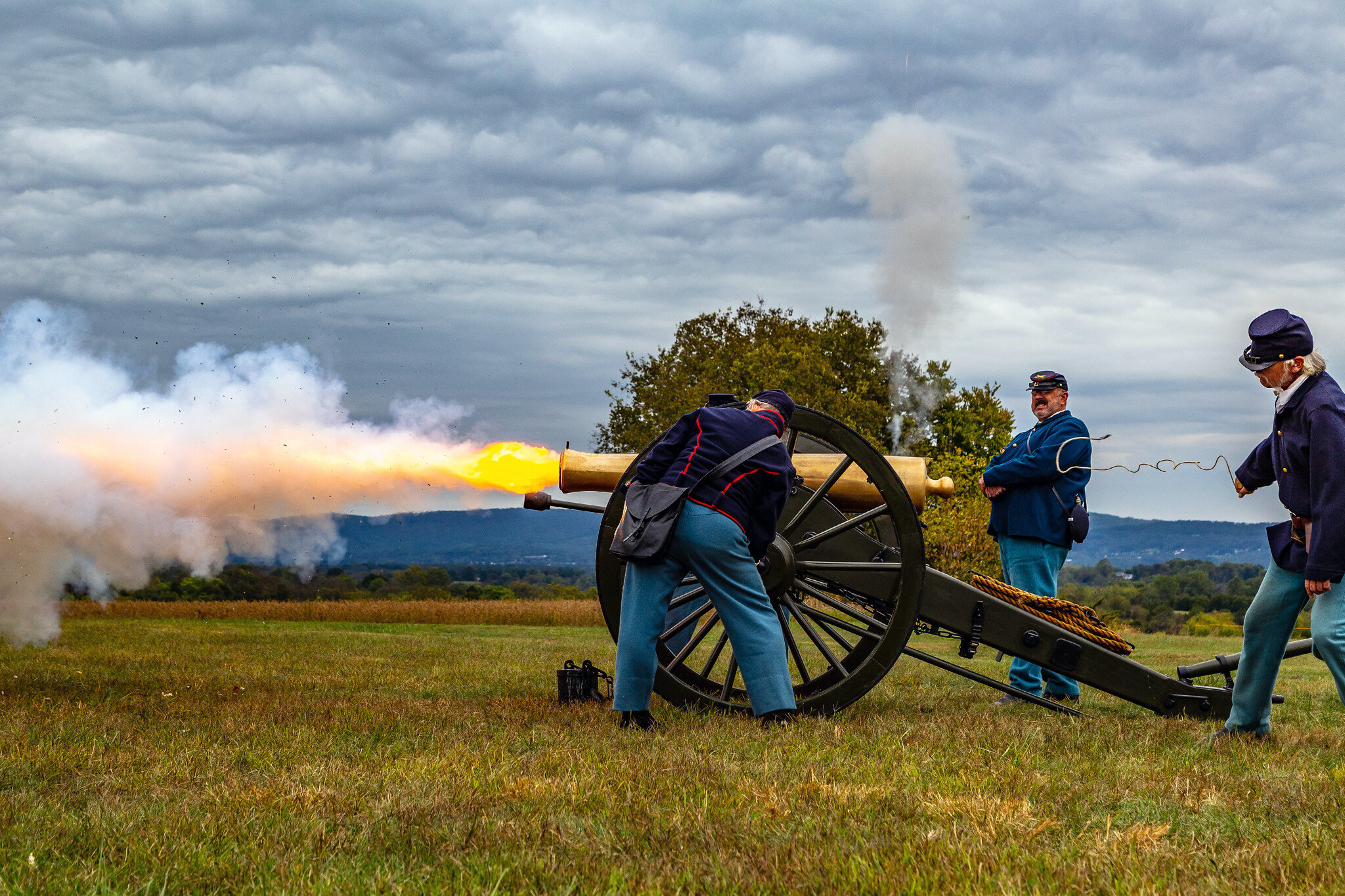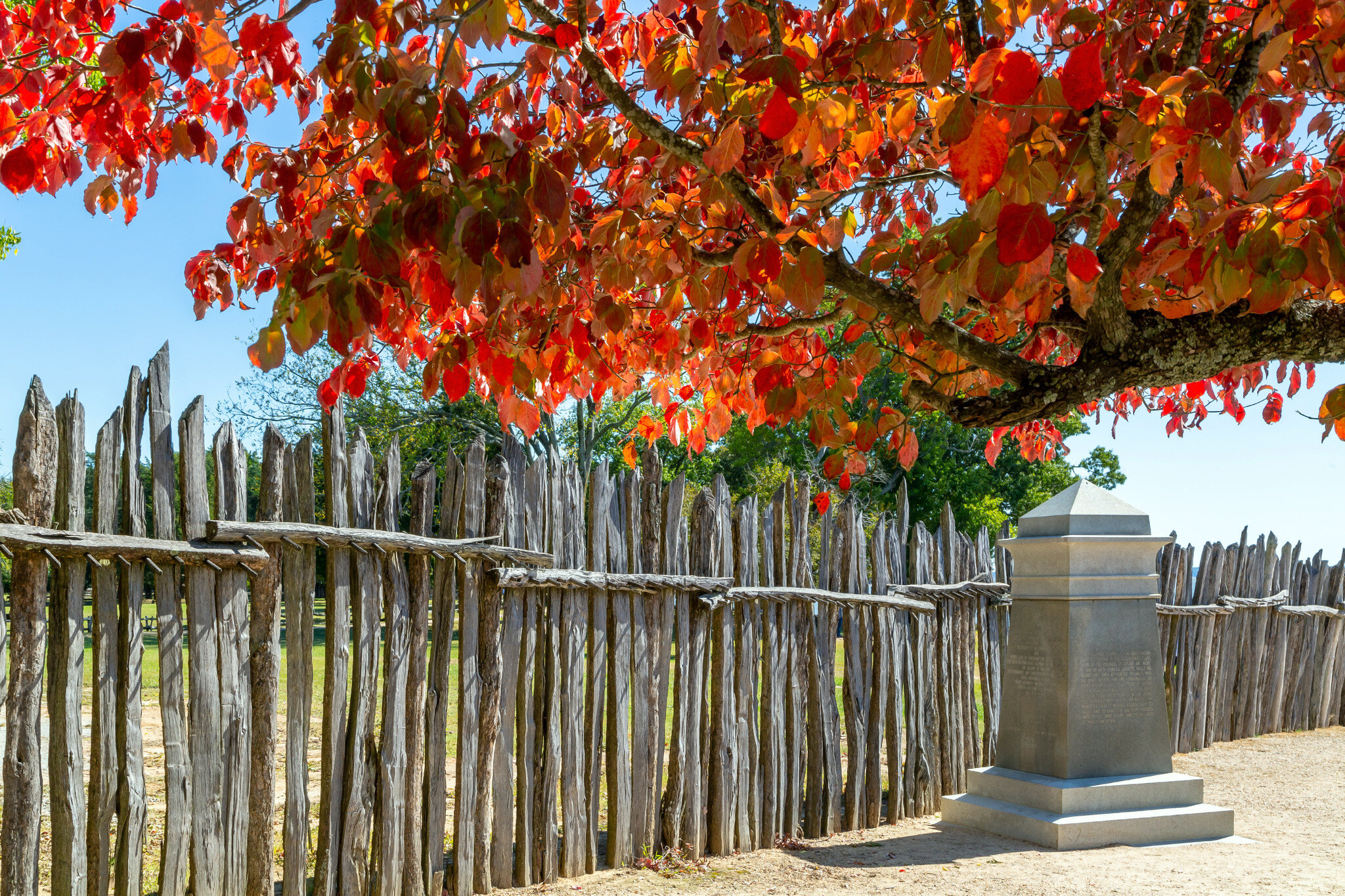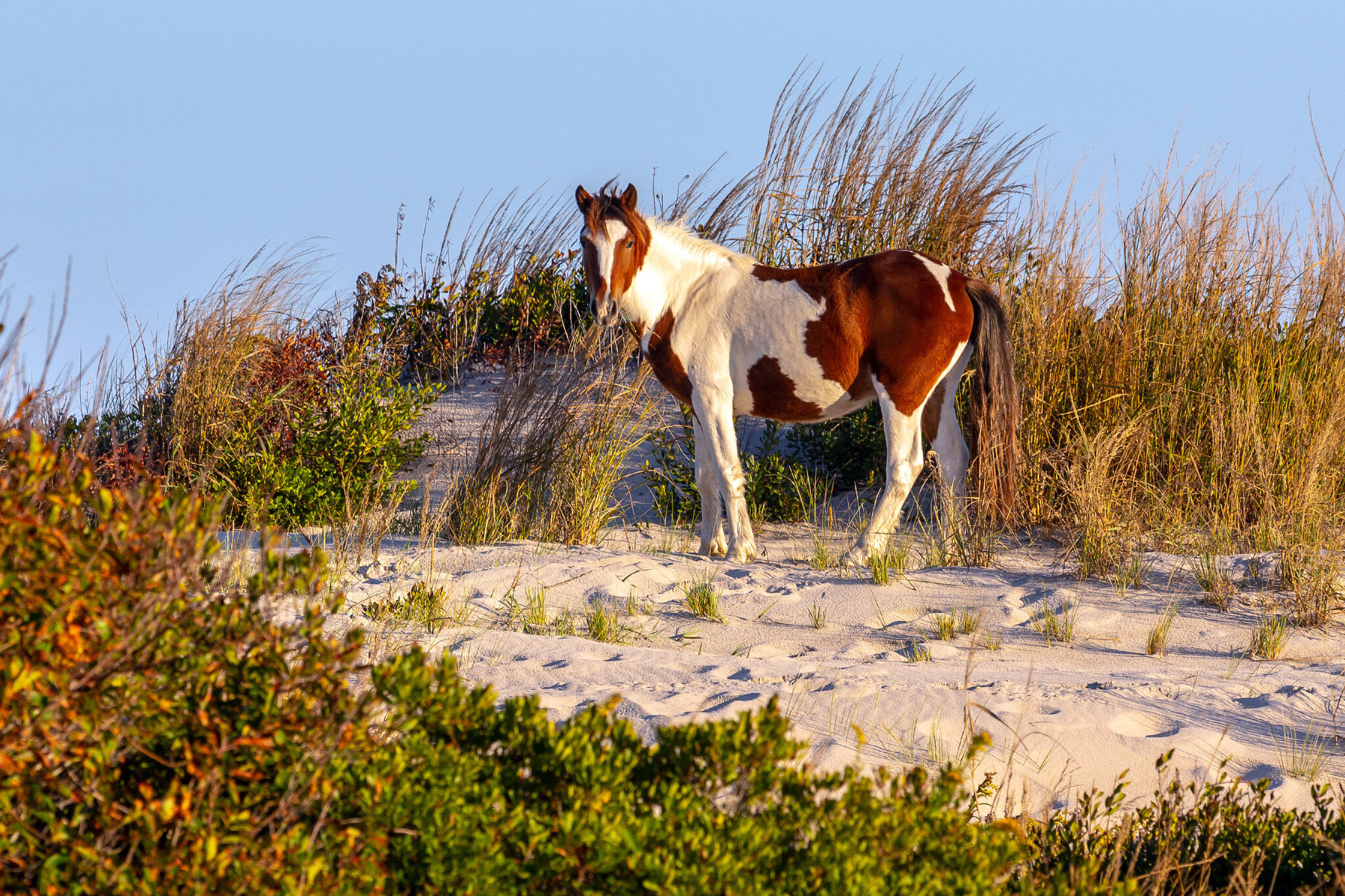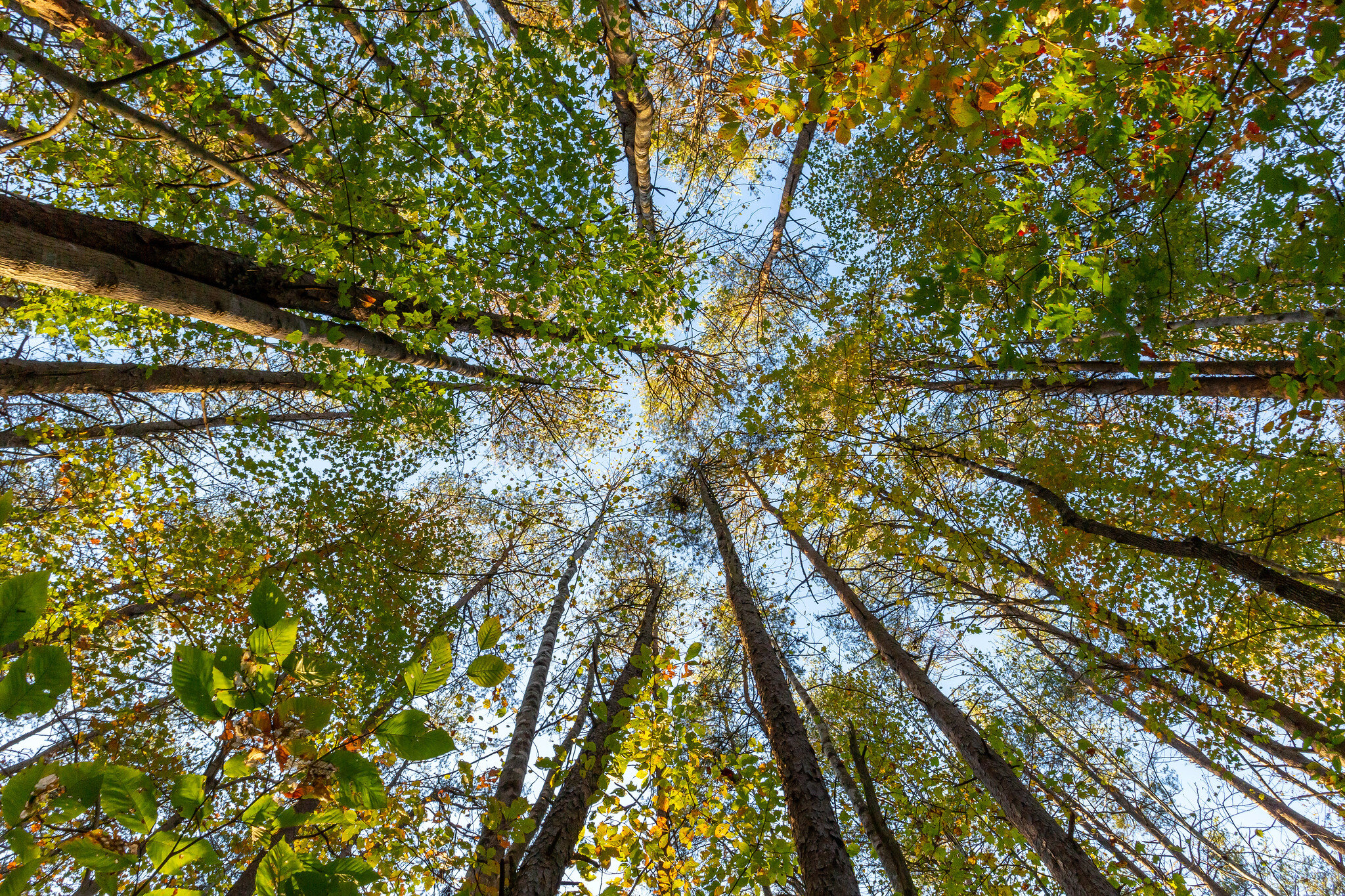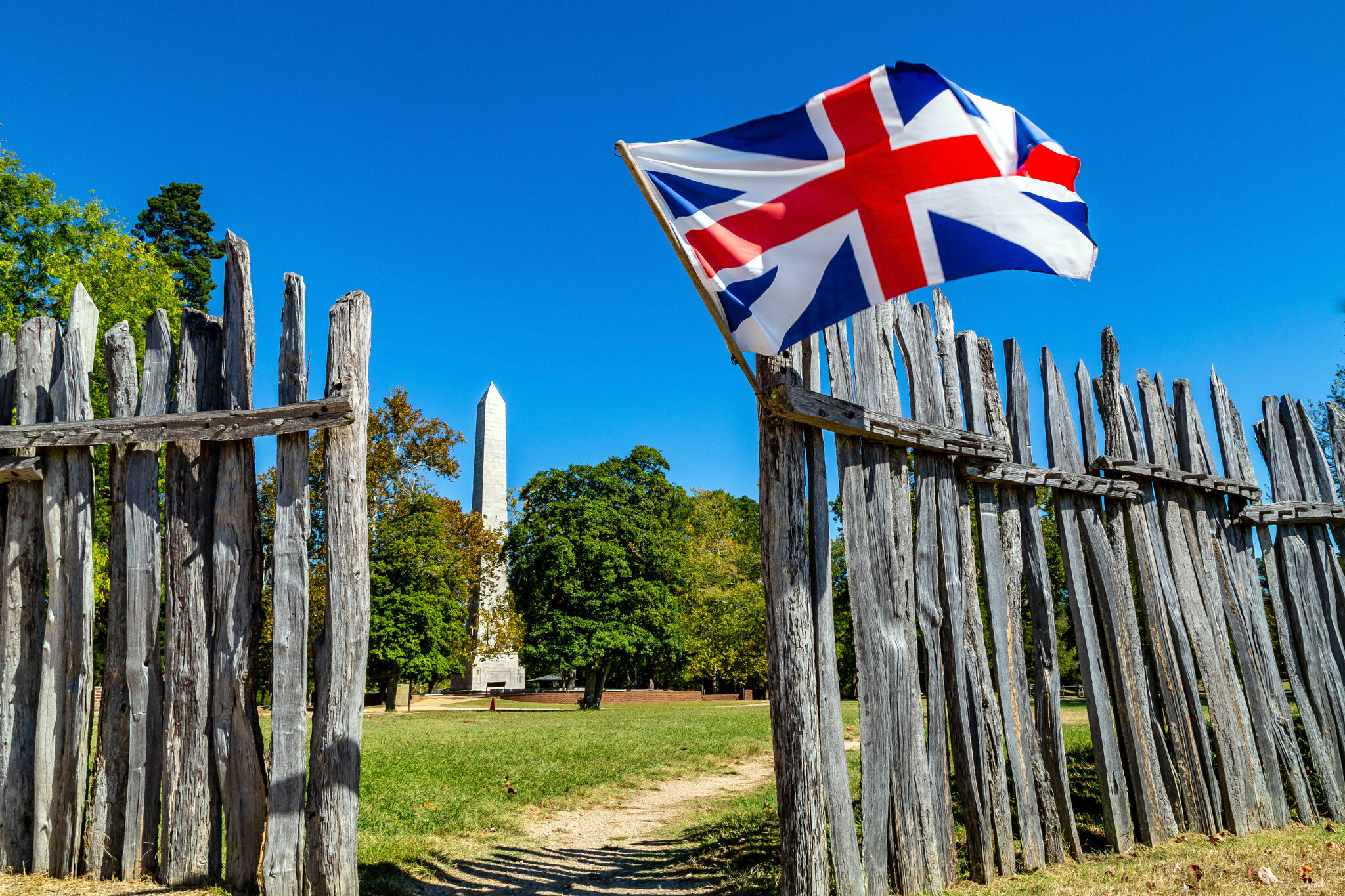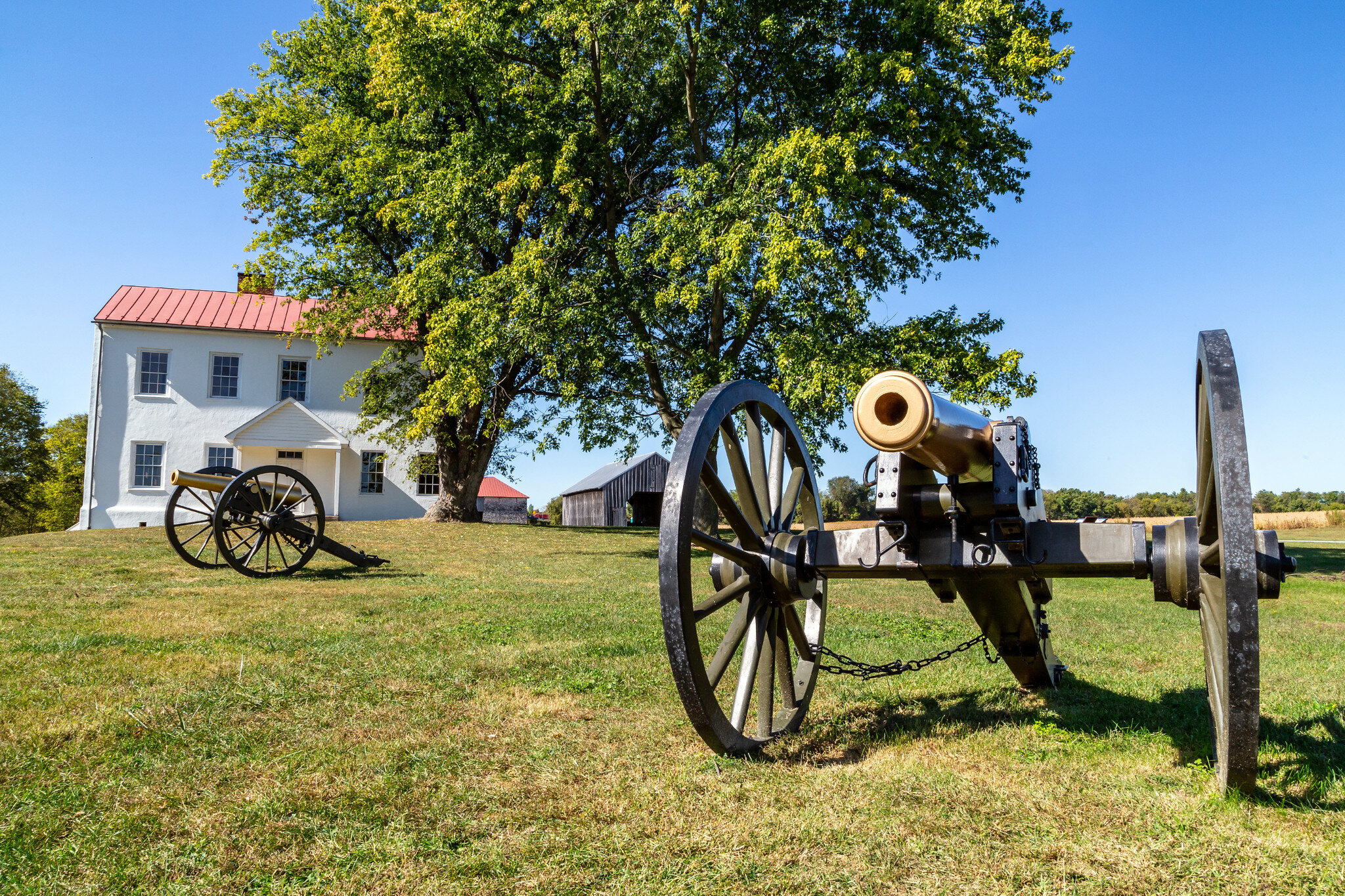October 21, 2019
“I am passionately interested in understanding how my country works. And if you want to know about this thing called the United States of America you have to know about the Civil War.” -Ken Burns
Here I am, chasing brown signs across the country. Searching. Seeking out those special places. Those parks, and their intrinsic magic. It has been so long since I have been home that I don’t remember what home feels like anymore. Home is not really what it was, anyway. Home interrupted. A vacancy unfilled. Now the parks are more familiar. The outside world, the highways and cities and hotels and restaurants, feel alien. The parks now feel like home to me. When I see that brown sign on the road, I smile and feel relieved as if I were turning down my own driveway. The visitor centers are more familiar now than my own residence. The routines are now well entrenched. Greet the ranger. Ask for a park brochure. Get my passport stamp. Make some small talk. Use the restroom. Fill up water bottle. Check out the exhibits. Watch the park film. Head out on the trails, the tour, the scenic drive. Depart. Drive. Repeat. I think we are naturally lulled by the comfort of routine. The irony is not lost on me, that I gave up my regular routine to seek out adventure on the road – only to find myself comfortably planted in a new routine. Just as I was ready to leave home a year ago, so now I am ready to return. That is not to say that I am not enjoying every moment of this once-in-a-lifetime journey, but to acknowledge that the trip has done the trick. That I am ready to swap this routine for my old one – and that is a happy and healthy thing.
Continuing on through the Northeastern parks, one thing has become abundantly clear. The Civil War looms large within our National Park System. Earlier this year, I visited the Civil War parks in the Southern states. Now I am awash in them again. The National Park Service does an incredible job with these parks in particular. On the surface, they all seem the same. Woods, fields, cannons, monuments, and split-rail fences. As a photographer, my greatest challenge in visiting all of the National Park units this year, is how to photograph these Civil War battlefields in a way that separates them from all the others. Having worked on this particular problem for nearly a year now, my only conclusion is that you can’t – at least I can’t. I’m not really sure it matters anyway. While these parks are all different, they are really all parts of the complete Civil War story – and it is probably our greatest American story. There have been many important and consequential moments in our nation’s history, but none bear the gravity of the Civil War. Visiting these parks, learning the history, the drama, the risks and sacrifice, the suffering and pain, the consequences and the collateral, has given me a deeper understanding of the Civil War than I ever thought possible. Here upon these still-scarred landscapes, you can see the trenches and foxholes where soldiers fought and died. You can see the holes and pockmarks from musket balls in the walls of houses and churches. You can walk the tens of thousands of headstones in the cemeteries. Many, too many, still nameless. Unidentified. American. War is a ghastly affair. That much is crystal clear to me, now more than ever.
In the last few Civil War parks, I have read some moving firsthand accounts, preserved and presented by the National Park Service. There was the man who was worried about increased tensions in his hometown of Baltimore; so to protect his family, moved them to a farm out in the country. Four years later, the war would arrive on his doorstep as his farm was caught in the crossfire of Confederate and Union forces. The woman, who hid trembling in her cellar as Union soldiers took over her house to use as a field hospital. Cowering in the darkness while the blood from dying soldiers dripped onto her through the cracks in the floorboards above. And this… this letter from a dying soldier. Mortally wounded and writing his last letter home…
“This is my last letter to you…. I have been struck by a piece of shell and my right shoulder is horribly mangled and I know death is inevitable. I am very weak but I wrote to you because I know you would be delighted to read a word from your dying son. I know death is near, that I will die far from home and friends of my early youth…
My grave will be marked so that you may visit it if you desire to do so,… I would like to rest in the grave yard with my dear mother and brothers but it’s a matter of minor importance…. Give my love to all my friends[.] my strength fails me[.] my horse & my equipments will be left for you. Again a long farewell to you. May we meet in heaven.
Your Dying son,
J. R. Montgomery”
The Civil War was, by far, our bloodiest conflict. An estimated 620,000 soldiers died during the war. Roughly 2% of the nation’s population. Each one lost is a story. A piece of the American story. It is when you look past the cannons and fences and granite monuments and visitor centers and parking lots and tour busses, that you start to see these stories. You start to let it seep in. This is the key to understanding the United States of America. The key to understanding it on a deep level. Not just the history, the moments in time, or the important players, but the feeling. The emotion. The sacrifice. Once you begin to understand that, everything else becomes clearer.
Parks visited since October 11th:
Antietam National Battlefield
Harpers Ferry National Historical Park
Monocacy National Battlefield
Fort McHenry National Monument and Historic Shrine
Harriet Tubman Underground Railroad National Historical Park
Assateague Island National Seashore
Fort Monroe National Monument
Colonial National Historical Park
Petersburg National Battlefield
Maggie L. Walker National Historic Site
Richmond National Battlefield Park
George Washington Birthplace National Monument
Fredericksburg and Spotsylvania National Military Park
Prince William Forest Park

